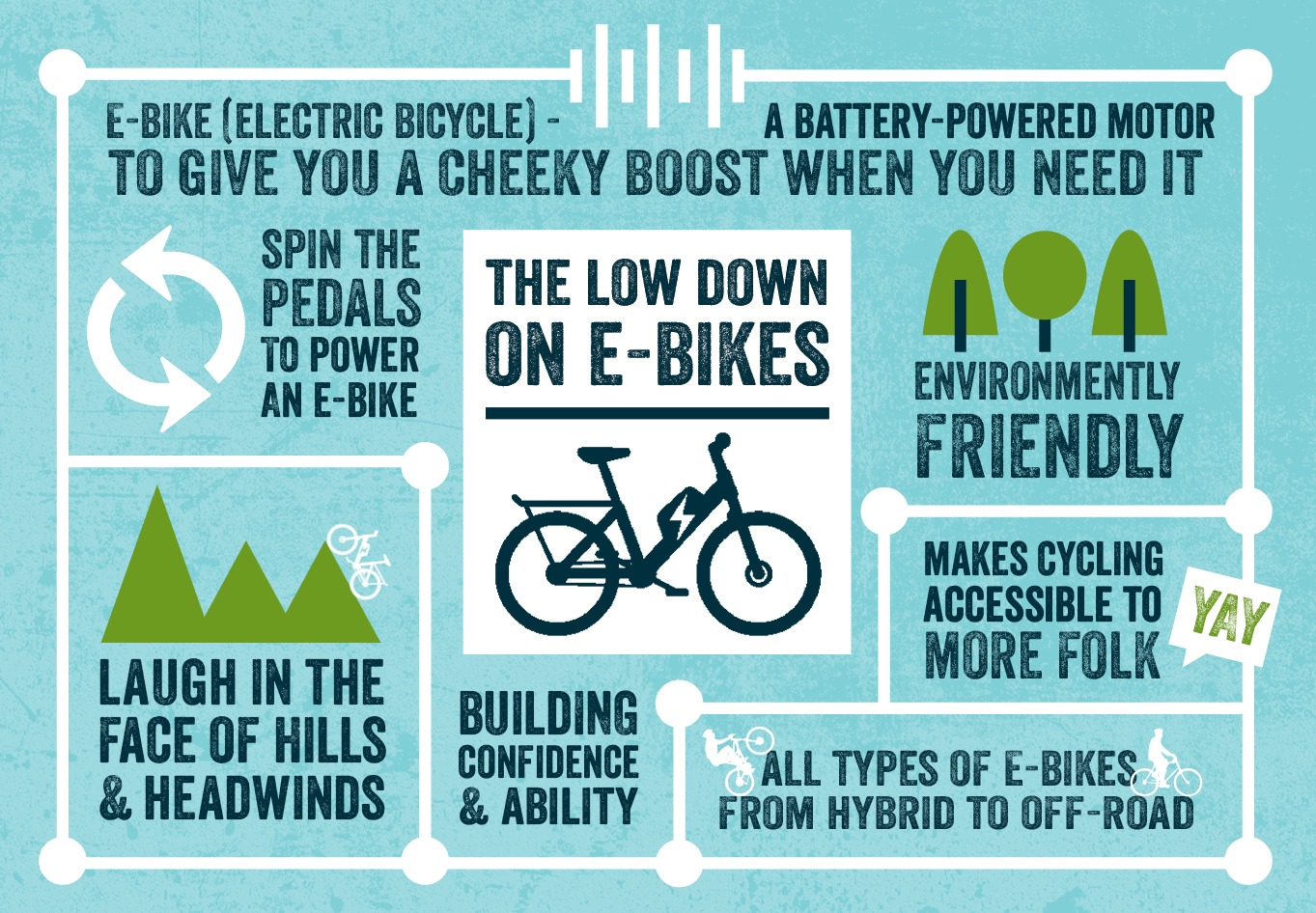Discover The Lawful Standards In Your Area To Promote Risk-Free And Responsible E-Bike Riding

Web Content Writer-Munk Rose
Prior to you hop on your e-bike and hit the streets, it's crucial to recognize the regulations and guidelines that govern your city. From rate limitations to marked riding areas, there's a great deal to think about to guarantee you're certified and risk-free. By acquainting yourself with the rules details to e-bikes, you'll be much better furnished to appreciate your rides with no unexpected lawful problems. Remain tuned to find essential understandings that will certainly aid you browse the e-bike landscape in your city flawlessly.
Comprehending E-Bike Classification
When it comes to browsing the realm of e-bike regulations and regulations, an essential starting point is comprehending the category system that classifies these electric bicycles. E-bikes are commonly identified right into 3 primary categories: Class 1, Class 2, and Course 3.
Course 1 e-bikes are pedal-assist only, implying they give aid while the biker is pedaling and have a maximum speed of 20 miles per hour. These bikes are admitted locations where traditional bicycles are allowed.
Course 2 e-bikes are furnished with a throttle that can push the bike without pedaling. They also have a maximum speed of 20 miles per hour and appropriate for cyclists who might need assistance without pedaling constantly.
Course 3 e-bikes are similar to Course 1 however with a higher maximum speed of 28 miles per hour. These bikes are commonly limited from certain bike courses or tracks because of their higher speeds.
Recognizing these classifications is essential for following local guidelines and making sure a risk-free and satisfying e-biking experience.
Navigating Rate Limits and Constraints
To successfully browse e-bike legislations and laws, it's vital to understand the speed limits and constraints that put on various classes of electric bicycles.
Speed restrictions for e-bikes differ depending upon the classification of the bike. Class 1 e-bikes, which are pedal-assist just and have a maximum speed of 20 mph, are usually enabled on bike lanes and courses.
Course 2 e-bikes, which have a throttle in addition to pedal-assist and additionally get to speeds of approximately 20 miles per hour, may be restricted in certain locations where motorized vehicles aren't permitted.
Class 3 e-bikes, with pedal-assist as much as 28 mph, are normally called for to adhere to the exact same rules as conventional bicycles.
It's important to comply with these rate limits and limitations to guarantee your security and the safety and security of others when traveling. Prior to riding your e-bike, familiarize yourself with the specific policies in your city to prevent any type of possible fines or lawful concerns.
Where to Ride Your E-Bike
To establish where you can ride your e-bike, it's necessary to understand the guidelines and guidelines particular to your location. In a lot of locations, e-bikes are commonly permitted on roadways and roads where standard bicycles are allowed. This may consist of bike lanes, bike courses, and shared streets. However, it's crucial to check neighborhood legislations as some cities might have particular restrictions on where e-bikes can be ridden.
When riding your e-bike, constantly focus on security by following web traffic guidelines and respecting pedestrian sidewalks. Additionally, be mindful of any assigned bike lanes or paths in your area and use them whenever feasible to guarantee a smoother and more secure trip.
https://teodoro-josephine.technetbloggers.de/how-to-prepare-for-a-long-distance-e-bike-ride have guidelines concerning e-bike usage on pathways, so make sure to familiarize yourself with these guidelines to prevent any kind of penalties or charges.
Verdict
Now that you're familiar with the legislations and policies bordering e-bikes in your city, you can with confidence hit the road understanding where you can ride and what limitations put on your e-bike classification. Bear in mind to always focus on security and comply with the rules to ensure a smooth and lawful trip. Happy riding!

